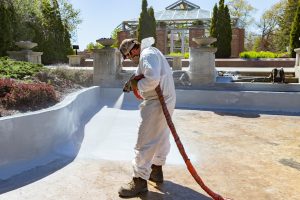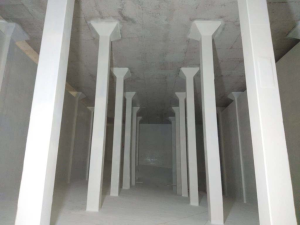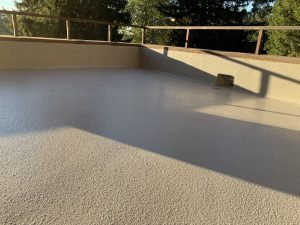When it comes to safeguarding and improving the longevity of floors, two known options come to mind: polyurea and epoxy coatings. Both have their set of advantages. Which one emerges as the top choice, in this ultimate comparison?
Polyurea coatings are highly regarded for their exceptional strength and flexibility. They can endure heavy foot traffic, UV rays and spills without showing signs of cracking or peeling. Moreover, polyurea coatings dry quickly, allowing for installation with minimal downtime. They are also resistant to temperature changes. Can be applied in settings like garage floors, industrial sites and outdoor areas.
On the flip side, epoxy coatings are admired for their finish and seamless look. Available in a range of colors, epoxy coatings offer more customization to create designs and patterns. They are tough against stains, abrasions, and impacts—for areas with foot traffic. Epoxy coatings are also easy to maintain and clean, making them popular for residential and commercial spaces.
So, which coating emerges victorious in the clash between polyurea and epoxy? The answer ultimately hinges on the requirements and preferences of the given project.
Polyurea coatings might be your bet if you prioritize durability and quick installation. On the other hand, epoxy coatings could be the way to go if you’re looking for a customizable finish.
In summary, both polyurea and epoxy coatings offer advantages. It can effectively protect concrete floors for a long time. Ultimately, the choice between the two coatings depends on the project requirements. Desired visual appeal. Whichever coating you opt for, both polyurea and epoxy will undoubtedly improve the strength and lifespan of floors over the years.







